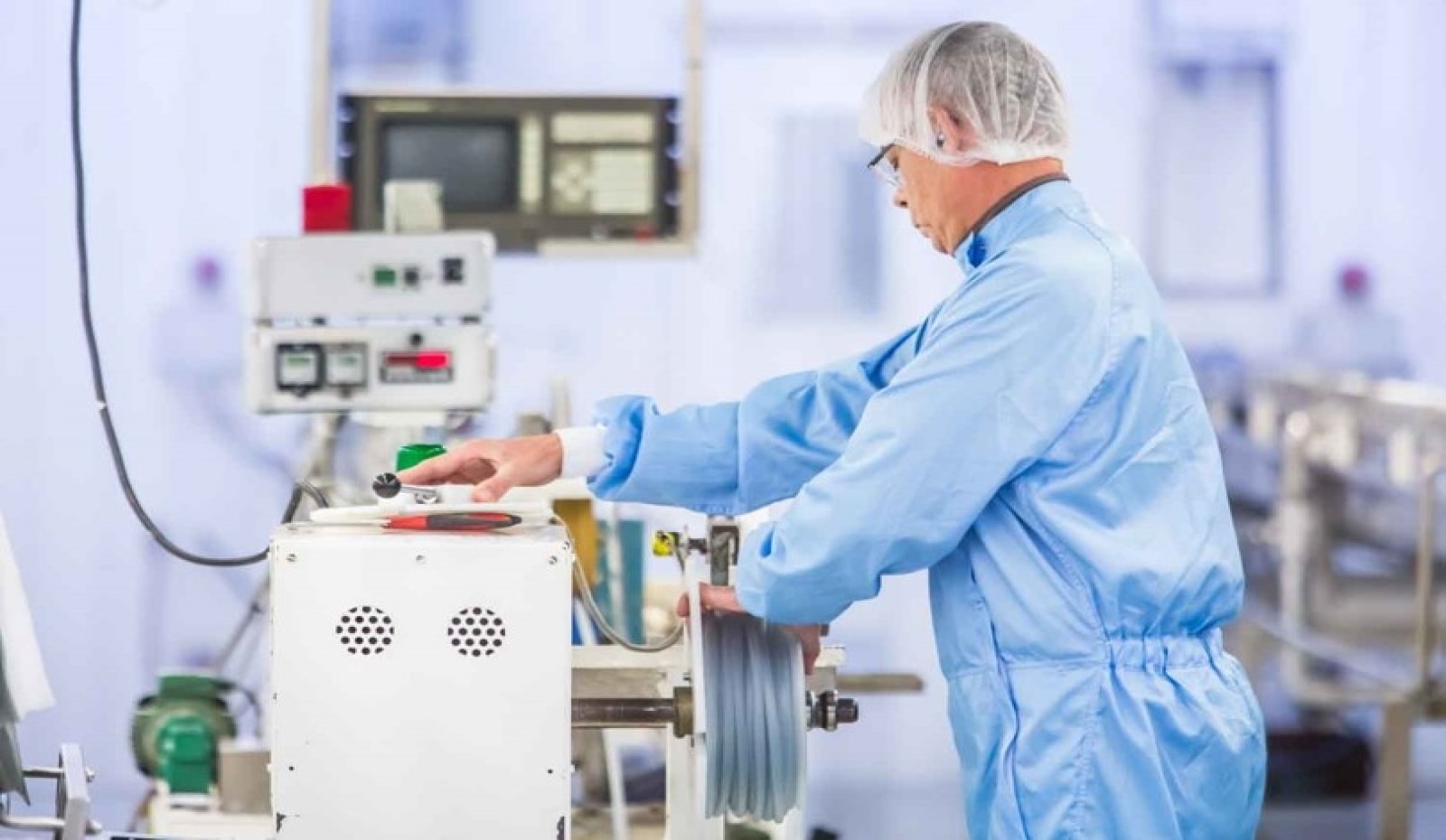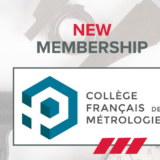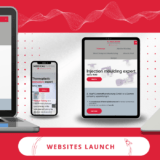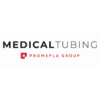Extrusion Process in Medical Device Manufacturing
In the ever-evolving landscape of medical device manufacturing, extrusion is a key process. This technique is integral to producing a variety of plastic medical components. Let’s explore what extrusion involves, how it works, and why it is important in the medical device industry.
What is extrusion?
Extrusion is a manufacturing method used to create objects with a consistent cross-sectional profile. The process involves pushing and pulling material through a die to give it the desired shape. This method is particularly useful for producing items like tubing and catheters, which require precise dimensions and uniform quality.
How extrusion works
- Material selection and preparation: the extrusion process begins with selecting the appropriate raw materials, usually thermoplastic polymers such as PVC, polyethylene, or polyurethane. These materials are chosen depending on their flexibility, durability, and biocompatibility. They are supplied in pellet or granule form. They can be dried to remove moisture that could cause defects (especially for hygroscopic materials like TPU or nylon) and blended with additives if needed (e.g., colorants, stabilisers, or radiopaque agents).
- Melting and mixing: the raw plastic material is introduced into a hopper, where it is heated until it melts. This is achieved through a combination of external heaters and the friction generated by a rotating screw within the extruder. The rotating screw ensures thorough mixing, eliminating inconsistencies and ensuring uniformity.
- Shaping: the molten plastic is then forced through a die, which shapes it into the desired profile. The die is a crucial tooling, as it determines the final shape of the extruded product. For medical devices, dies are designed with high precision to meet stringent specifications.
- Calibration: immediately after exiting the die, the tubing enters the calibration stage. Here, it passes through a vacuum sizing tank or calibration unit that stabilises its dimensions. A vacuum may be applied to maintain the tubing’s shape, while water sprays or immersion begin the cooling process. This step is critical for achieving tight tolerances and consistent geometry.
- Stretching: in some cases, the tubing undergoes stretching, also known as drawing. This involves pulling the tubing at a controlled speed to reduce wall thickness, enhance tensile strength, and improve dimensional uniformity. The degree of stretching is carefully managed to meet specific mechanical and performance requirements.
Stretching is particularly useful for microbore tubing or when specific mechanical properties are required.
- Cooling: after exiting the die, the material is rapidly cooled to harden it. This is typically done using a water bath or air cooling system. The cooling process must be carefully controlled to prevent warping or deformation.
- Cutting or coiling and finishing: the continuous extruded profile is then cut to the required lengths. It can also be wound into a coil. Additional finishing processes, such as surface treatment or sterilisation, may be applied to meet specific medical standards.
Applications in medical device manufacturing
Extrusion is a versatile process used to produce a wide range of medical components. Common applications include:
- Tubing: used in various applications like intravenous (IV) lines, catheters, and respiratory equipment. Extrusion allows for the production of tubing with precise inner and outer diameters, ensuring compatibility with other medical devices.
- Catheters: essential for many medical procedures, such as urinary catheterisation and cardiac catheterisation. Extrusion enables the production of catheters with complex shapes and multiple lumens, allowing for the delivery of fluids, medications, and diagnostic tools.
- Sheaths and covers: used to protect medical instruments and devices. They must be flexible, durable, and resistant to various chemicals and sterilisation processes.
Advantages of extrusion in medical device manufacturing
The extrusion process offers several advantages that make it ideal for medical device manufacturing:
- Precision and consistency: allows for the production of components with tight tolerances and consistent quality. This is crucial in the medical field, where even minor deviations can impact the performance and safety of a device.
- Customisation: the process can be easily customised to produce components with specific shapes, sizes, and properties. This flexibility is essential for meeting the diverse needs of medical applications.
- Cost-effectiveness: a cost-effective manufacturing method, particularly for high-volume production. The ability to produce continuous profiles reduces material waste and lowers production costs.
- Material versatility: a wide range of thermoplastic materials can be used, allowing manufacturers to select the best material for each application. This versatility ensures that the final product meets the required biocompatibility and performance standards.
Extrusion is a critical process in the manufacturing of medical devices, enabling the production of high-quality, precise, and customisable components. As the demand for advanced medical devices continues to grow, the extrusion process will play an increasingly important role in meeting the industry’s needs. By understanding the complexities of extrusion, manufacturers can continue to innovate and deliver solutions that improve patient care and outcomes. Promepla can carry out your extrusion projects. Medical Tubing is its specialist extrusion production unit. Based in France, Medical Tubing has 7 extrusion lines dedicated to manufacturing flexible hoses for medical and pharmaceutical applications and 1 PVC compounding line.








